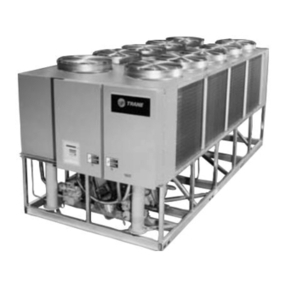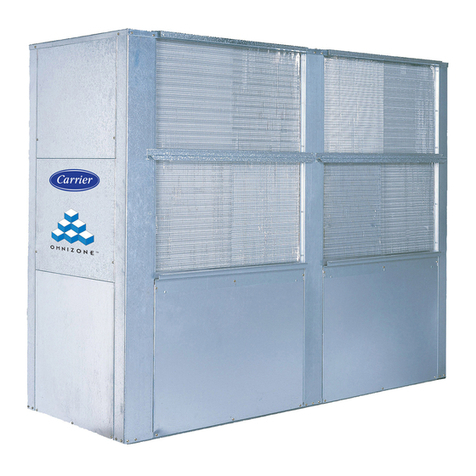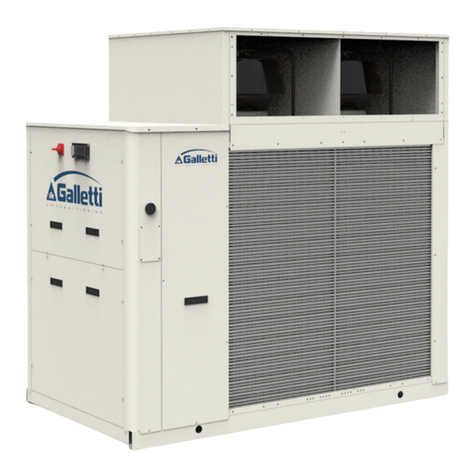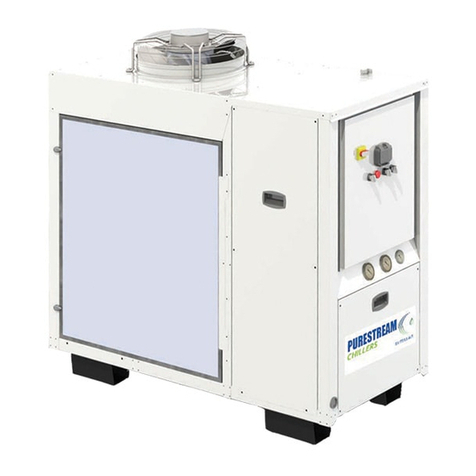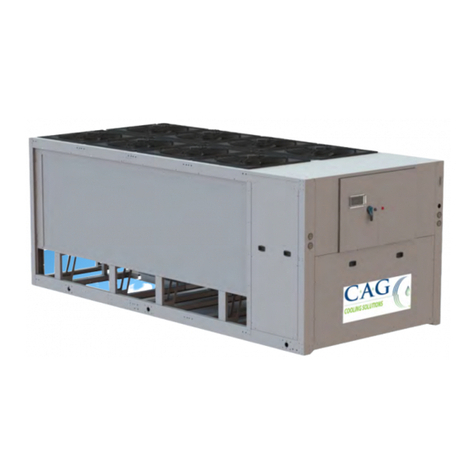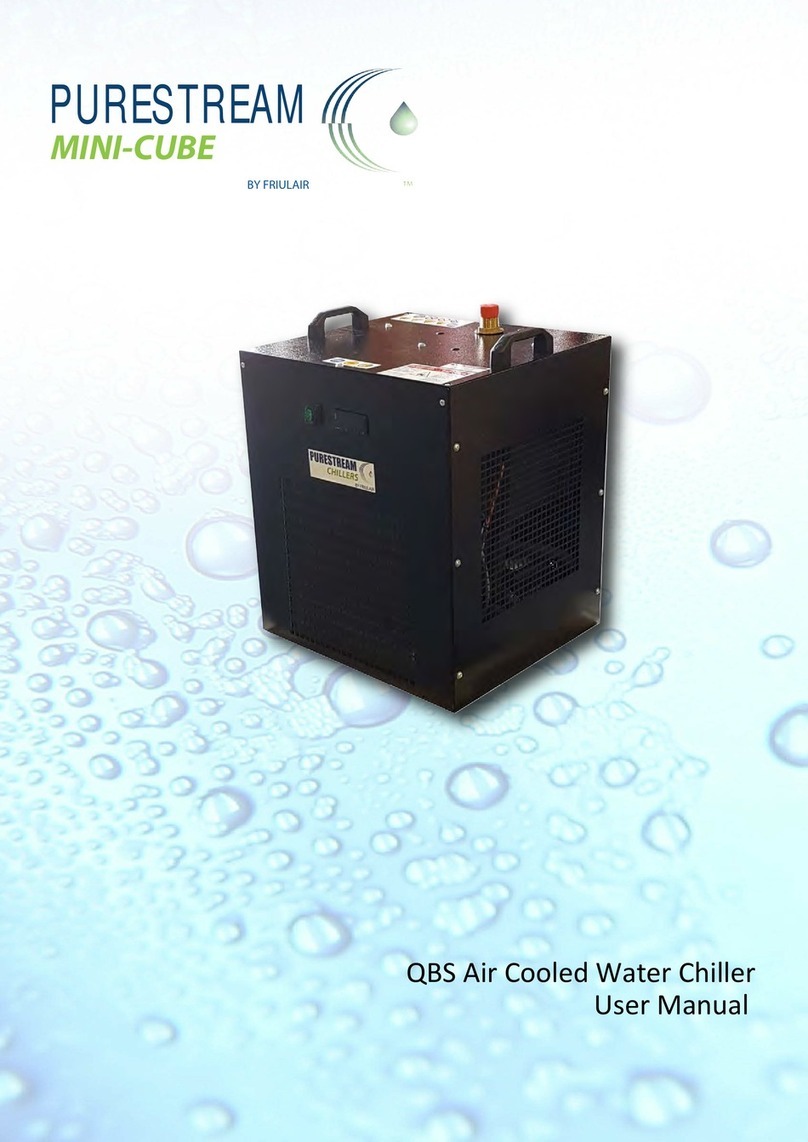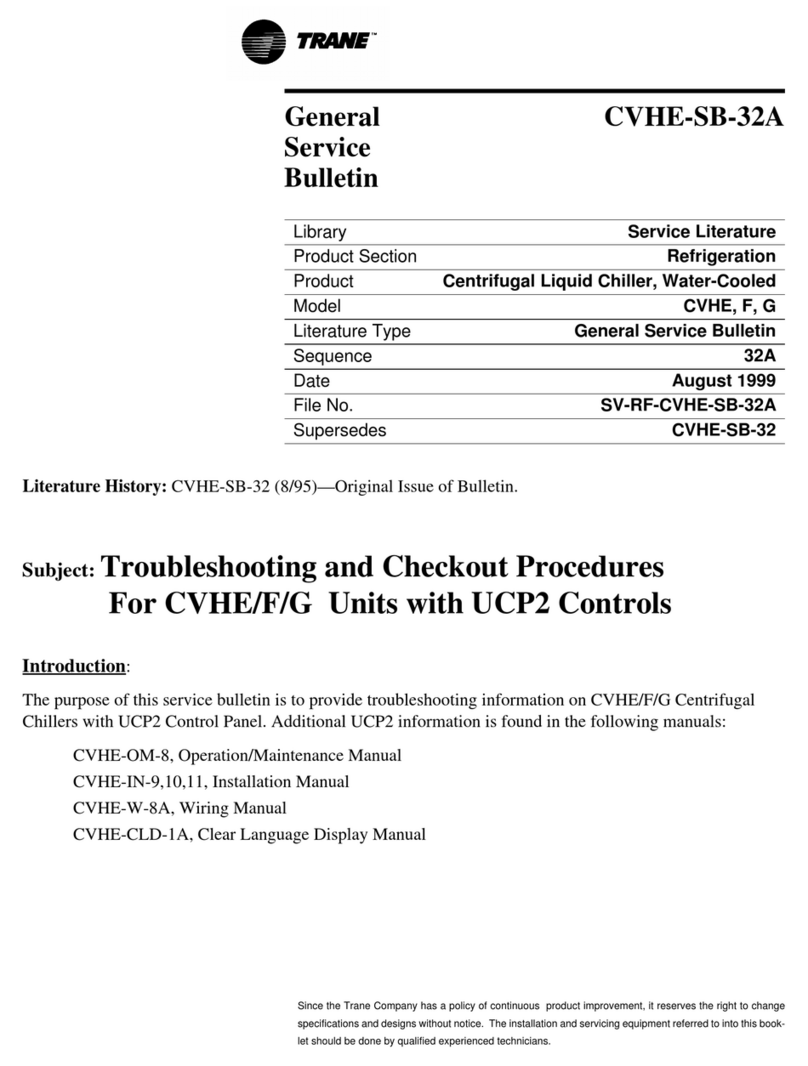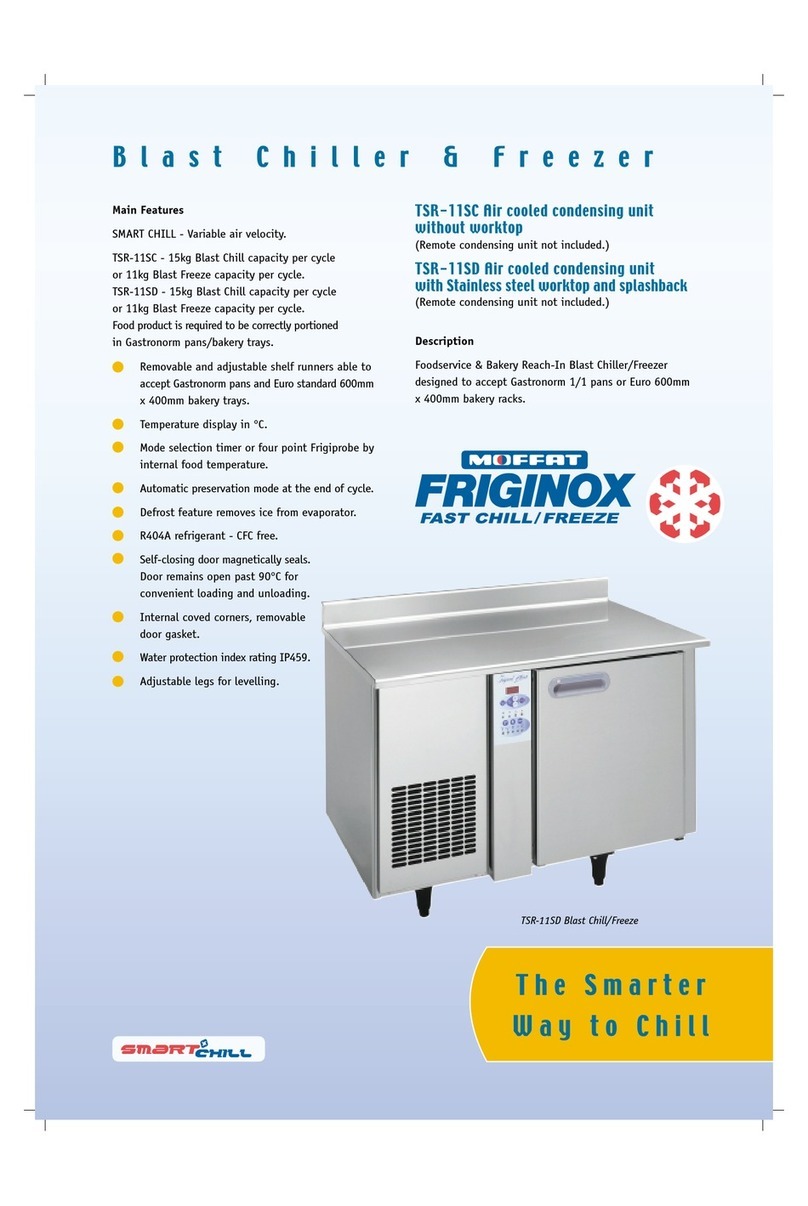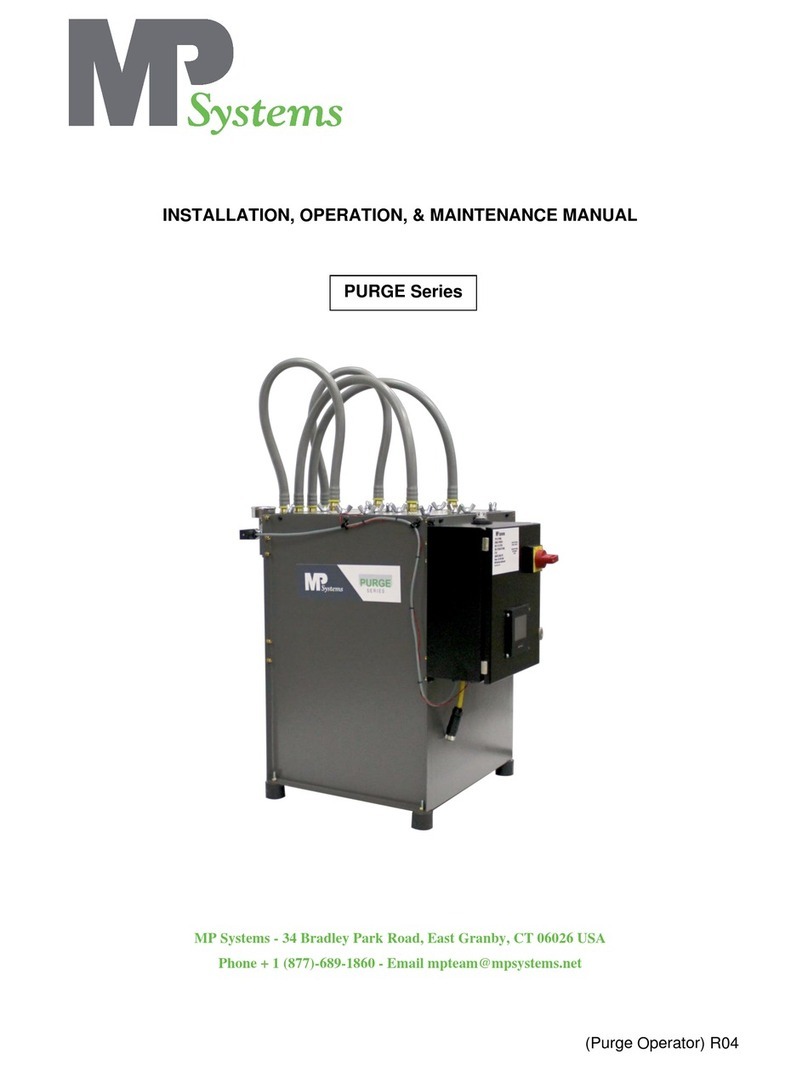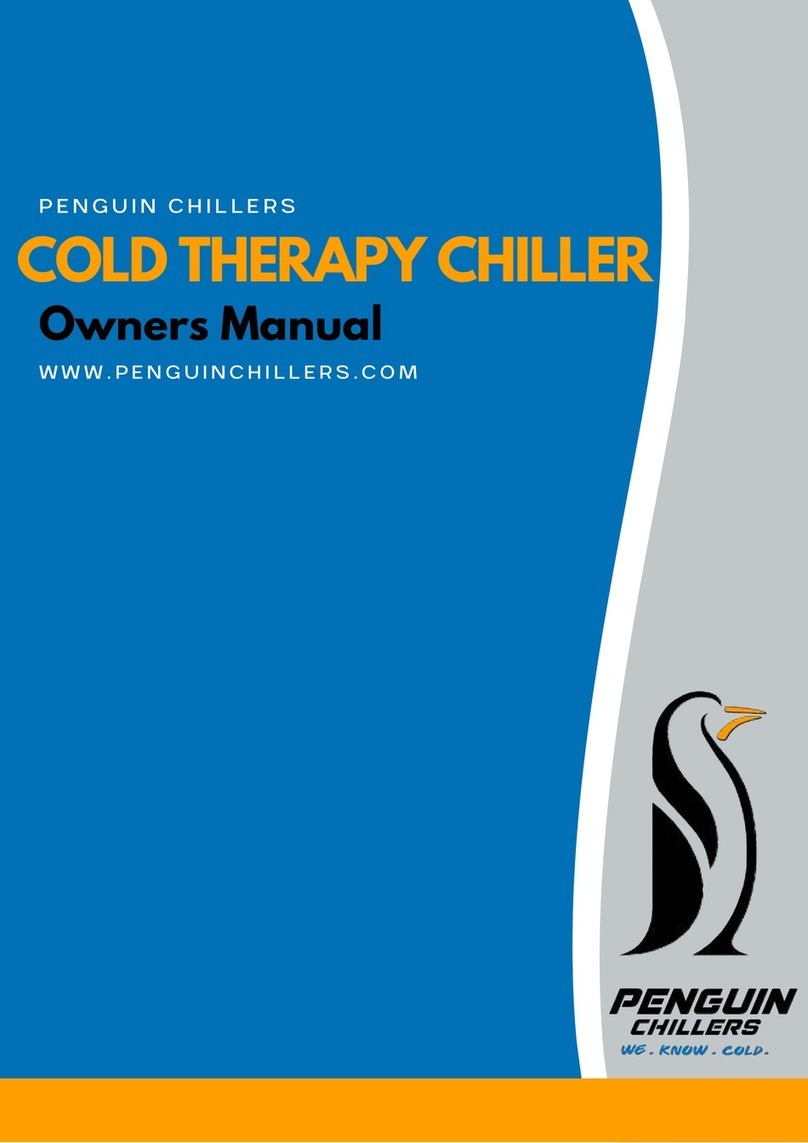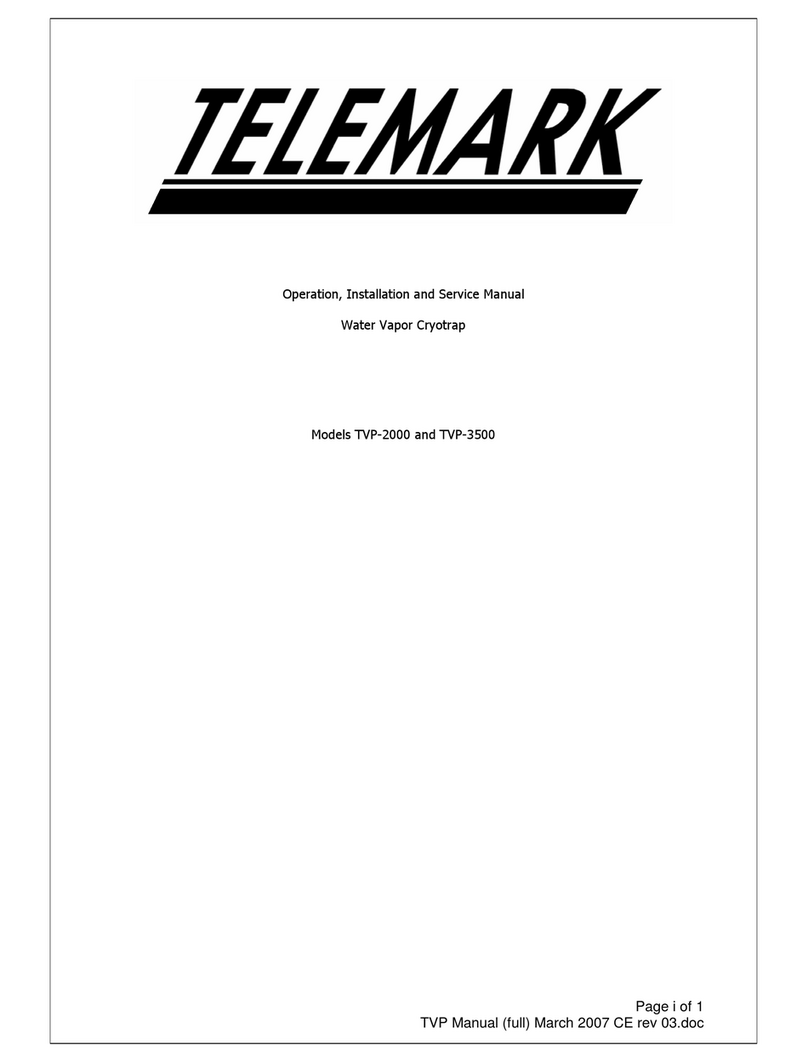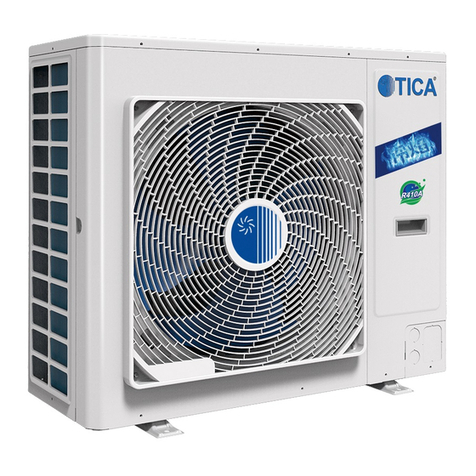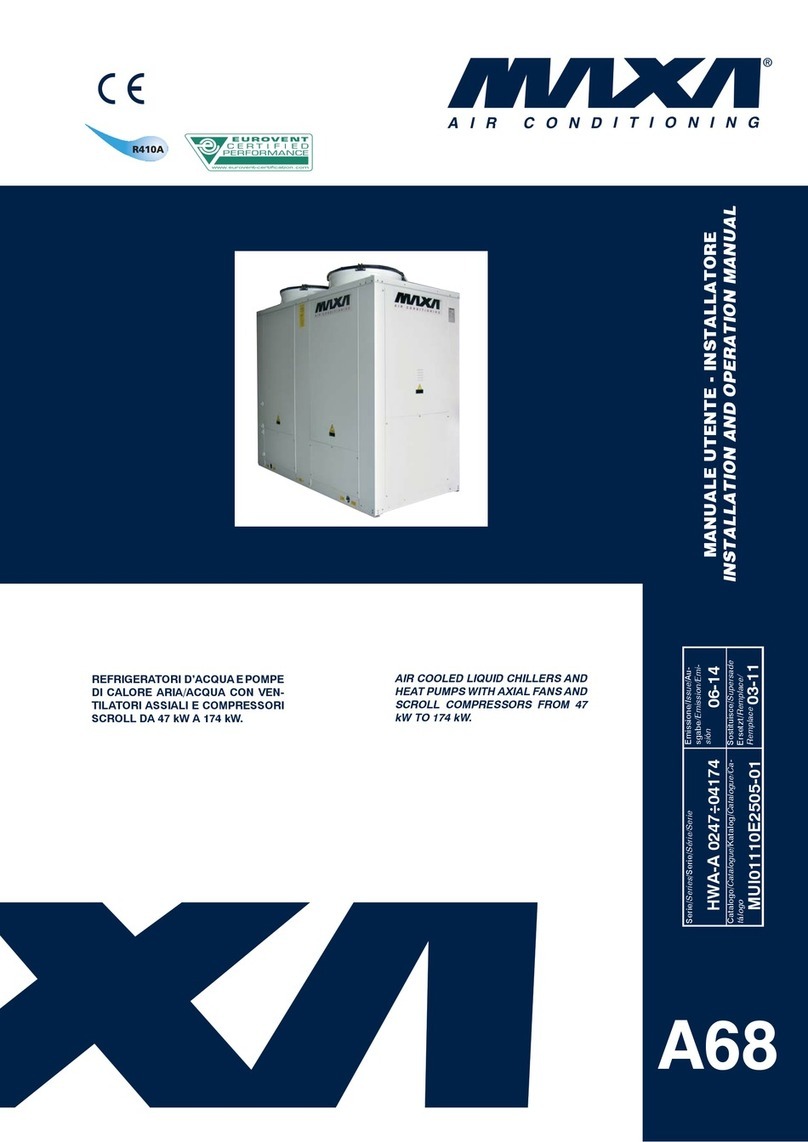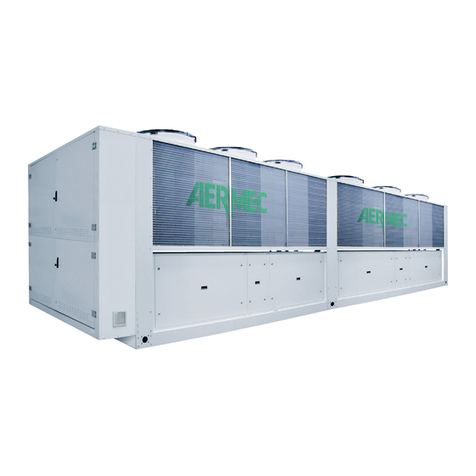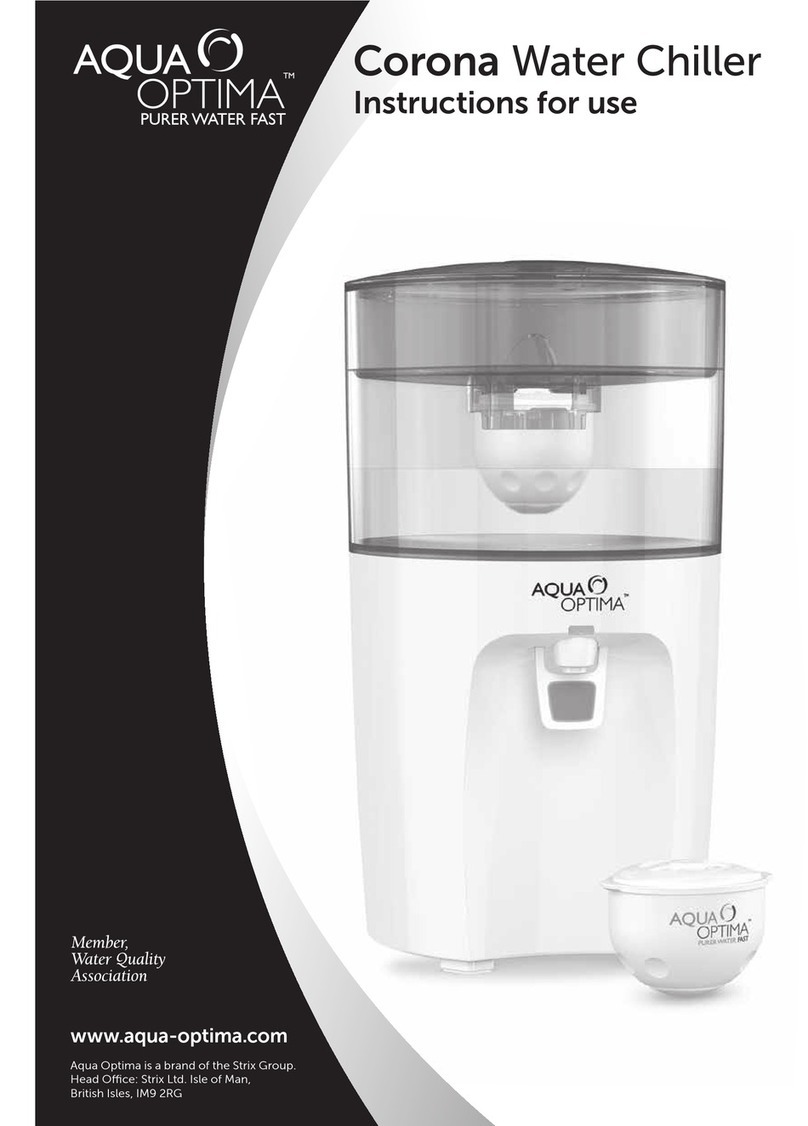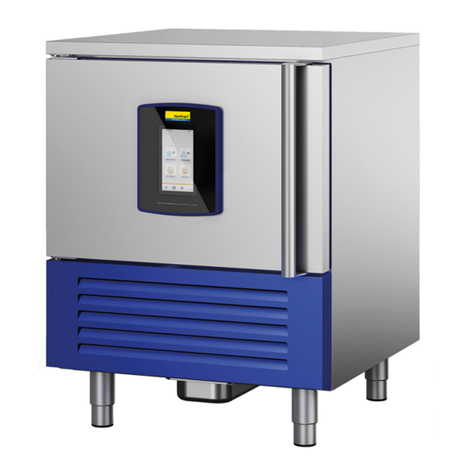
CONTENTS
1SAFETY RULES ..................................................................................................................1
1.1 DEFINITIONS OF THE SYMBOLS USED ...........................................................................................................1
1.2 WARNINGS ............................................................................................................................................2
1.3 PROPER USE OF THE CHILLER .....................................................................................................................2
1.4 INSTRUCTIONS FOR USING EQUIPMENT UNDER PRESSURE CONFORMING TO PED DIRECTIVE 2014/68/EU............3
2OPERATION AND MAIN COMPONENTS.............................................................................4
2.1 REFRIGERANT CIRCUIT..............................................................................................................................4
2.2 WATER CIRCUIT ......................................................................................................................................5
2.3 FANS.....................................................................................................................................................5
2.4 CONDENSATION CONTROL ........................................................................................................................5
2.5 CONTROL OF THE WATER TEMPERATURE .....................................................................................................5
2.6 PROTECTING THE INTEGRITY OF THE MACHINE..............................................................................................5
2.7 CWE/HWE UNITS:IDENTIFICATION OF THE MAIN COMPONENTS....................................................................6
2.7.1 TANF –Non ferrous atmospheric water circuit ............................................................................................ 6
2.7.2 TP P3 - Pressurized water tank with single P3 pump .................................................................................... 6
2.8 SPARE PARTS ..........................................................................................................................................7
3INSTALLATION .................................................................................................................8
3.1 TRANSPORT............................................................................................................................................8
3.1.1 Handling the unit with a forklift truck or pallet jack ..................................................................................... 8
3.1.2 Lifting with belts and tubes........................................................................................................................... 8
3.2 STORAGE ...............................................................................................................................................8
3.3 PLACE OF INSTALLATION ...........................................................................................................................9
3.3.1 Installation spaces......................................................................................................................................... 9
3.4 WATER CONNECTIONS ...........................................................................................................................10
3.4.1 Recommended water system ..................................................................................................................... 11
3.4.2 Use of ethylene glycol as a winter anti-freeze............................................................................................ 11
3.4.3 Charging the water circuit........................................................................................................................... 11
3.5 ELECTRICAL CONNECTIONS......................................................................................................................12
3.5.1 Connecting a remote on/off switch and a remote alarm indicator light .................................................... 12
4PRELIMINARY CHECKS AND START-UP............................................................................ 13
4.1 PRELIMINARY CHECKS AND PREPARATION FOR THE FIRST START-UP ................................................................13
4.2 START-UP ............................................................................................................................................13
4.2.1 Start-up under critical conditions ............................................................................................................... 14
4.3 TURNING OFF THE UNIT ..........................................................................................................................14
5ELECTRONIC CONTROLLER.............................................................................................. 15
5.1 MAIN FUNCTIONS OF THE ELECTRONIC CONTROLLER BUTTONS AND MEANINGS OF THE ICONS ............................15
5.2 SWITCHING ON/OFF ..............................................................................................................................16
5.3 CONTROLLING WATER TEMPERATURE .......................................................................................................16
5.4 CHANGING THE COOLING SET POINT .........................................................................................................17
5.5 CHANGING THE HEATING SET POINT..........................................................................................................18
5.6 DISPLAY OF INPUTS AND OUTPUTS............................................................................................................18
5.7 ALARMS ..............................................................................................................................................18
5.7.1 Displaying and resetting alarms.................................................................................................................. 18
5.7.2 Table of alarm codes................................................................................................................................... 19
